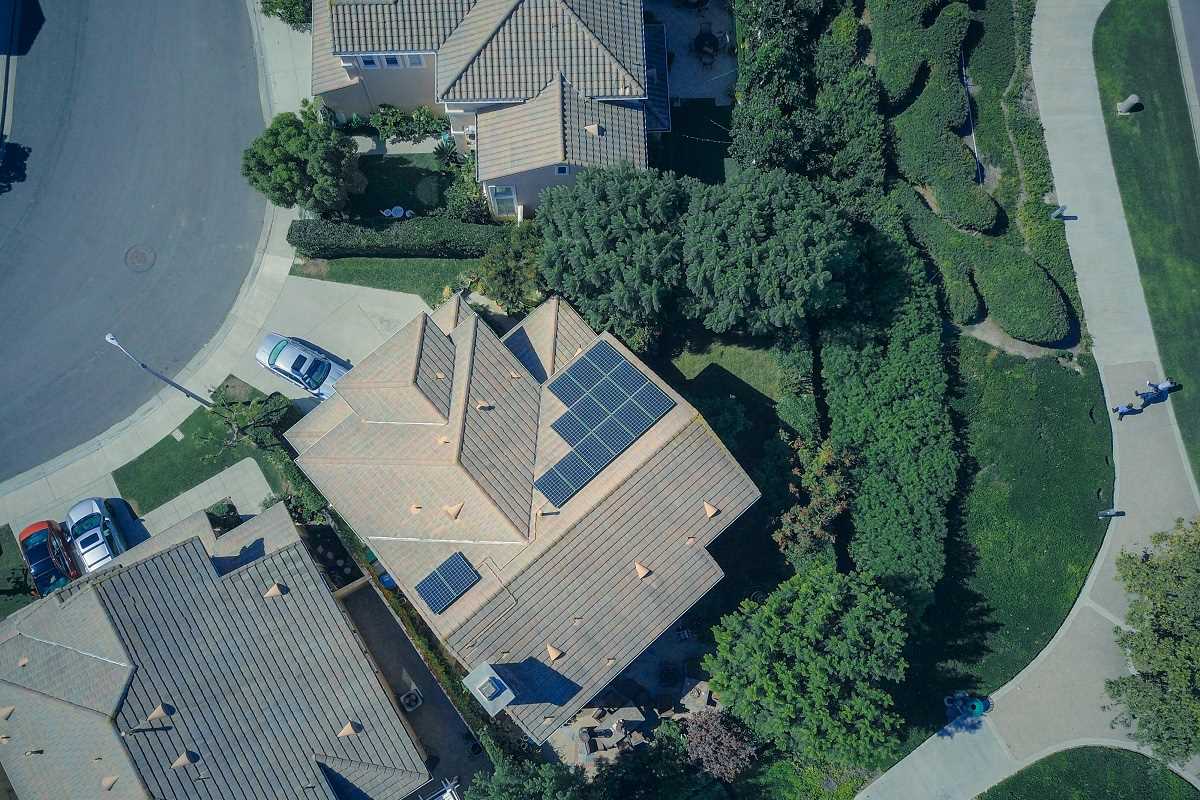Creating a community event that truly excites people calls for more than just an eye-catching theme or a stylish location. Success depends on finding unique ways to inspire interest, gathering a team of dedicated volunteers who share your enthusiasm, and celebrating concrete accomplishments that demonstrate real progress. When you focus on meaningful details and personal connections, you can energize your supporters and bring your vision to life. Explore inventive approaches to event planning so you can build momentum and unite people around a cause that has genuine impact.
Reimagining Fundraising Possibilities
Discover unexpected pathways to invite participation that transform the typical giving model into an immersive experience. By exploring sensory attractions, pop-up activations, or surprise elements, you trigger curiosity and genuine emotional connections. That spark of novelty encourages people to sign up, spread the word, and deepen their bond with your mission.
Try seasonal twists or local cultural themes to present your goals in a new light. Offer behind-the-scenes tours, hands-on demonstrations, or creative stations where guests contribute small artifacts to a cumulative artwork. When people see their presence makes a tangible imprint, they become advocates and influencers who bring in new networks.
Step-by-Step Guide to Seven Core Actions
1. Audience Profiling
Purpose: Pinpoint supporter motivations to shape targeted outreach
Steps:
- List community segments by interests, location, or affiliation
- Survey a small focus group to capture preferred language, tone, and channels
- Map each segment to outreach channels (email, social media, newsletters)
- Cost/Availability: Free survey tools for up to 100 respondents in 24 hours
- Insider Tip: Add an open-ended question to surface unexpected partnership ideas
2. Sponsorship Blueprint
Purpose: Secure resources beyond ticket sales through partnerships
Steps:
- Identify three aligned local businesses
- Draft benefit packages (e.g., logo placement, giveaways, shout-outs)
- Reach out via warm intros or referrals
- Cost/Availability: Free to draft proposals; typical sponsor gives £200–£500
- Insider Tip: Offer rotating sponsor spotlights on social media for added value
3. Volunteer Mobilization
Purpose: Build a committed team for event logistics
Steps:
- Write clear role descriptions with time expectations
- Host an onboarding session mixing training with team-building
- Pair each volunteer with a “buddy” for support
- Cost/Availability: Badges or T-shirts ~£5 each
- Insider Tip: Use a points-based reward system for mini-tasks with public shout-outs
4. Venue Optimization
Purpose: Maximize space flow and improve accessibility
Steps:
- Draft a floor plan showing high-traffic and priority zones
- Test sightlines and sound from key locations
- Add signage and QR codes for instant support
- Cost/Availability: £50–£150 for print signage; £200–£400 for digital displays
- Insider Tip: Place refreshments near chill zones to boost casual interaction
5. Interactive Programming
Purpose: Sustain energy and engagement throughout the event
Steps:
- Run hourly mini-games or challenges with small prizes
- Rotate hosts to vary tone and engagement
- Use mobile polling apps for live Q&A or audience voting
- Cost/Availability: Polling apps start at £30/month
- Insider Tip: Give bonus contest entries for social media shares using your hashtag
6. Donation Mechanism
Purpose: Simplify and personalize the act of giving
Steps:
- Set up contactless readers, QR codes, and online options
- Present gift tiers with visible impact statements
- Train ambassadors to guide donors in <2 minutes
- Cost/Availability: Card readers from £20/month; QR codes free
- Insider Tip: Use friendly iconography on donation stations to create a warm feel
7. Follow-Up Framework
Purpose: Convert attendees into long-term supporters
Steps:
- Send a personalized thank-you within 24 hours referencing their experience
- Deliver a short impact report with quotes and photos in the second week
- Link a feedback form to future opportunities
- Cost/Availability: Most email platforms offer free plans for up to 2,000 contacts
- Insider Tip: Embed a two-question poll in the thank-you note to prompt honest input
Building Your Volunteer Team
Enlisting reliable hands depends on clear role outlines and a welcoming environment. Volunteers need more than an assignment—they need to feel a sense of belonging. Create leadership roles where experienced helpers mentor newcomers, ensuring skills transfer and relationships develop.
Set up a simple online hub where volunteers can pick shifts, view training videos, and chat via group forums. Assign leads to small teams of four or five to keep communication personal. This setup maintains coordination and minimizes last-minute confusion.
Maximize Engagement by Incorporating Community Voices
Use a numbered list to include local voices in your story, encouraging attendees to become active participants rather than passive observers.
- Invite neighborhood artisans or musicians to showcase talents at low or no cost, exchanging exposure for contributions.
- Partner with youth groups to run interactive booths that appeal to younger attendees and encourage family discussions.
- Set up a community message board where visitors post hopes for local progress, then highlight the most meaningful entries during closing remarks.
- Launch a photo contest themed around the cause, sharing the top entries on event screens and social media to generate excitement.
- Host a brief panel with past beneficiaries, weaving authentic stories directly into your schedule to humanize the message.
Measuring Success and Planning Next Steps
Define 2–3 clear metrics—like funds raised, volunteer retention, or social engagement—before launching your campaign. Track results in real time and share them in follow-ups to build trust and interest. Post a recap with highlights and invite feedback to strengthen future efforts. Celebrate small wins along the way to keep momentum alive and make every supporter feel part of something lasting.
 (Image via
(Image via


.jpeg)


